Good health is the baseline. For everything. How we work, how we play, what we choose to eat, where (and how often) we travel. The Mid-South has an abundance of hospitals and clinics that exist for the shared mission of a thriving community: wellness. Within those institutions, though, are women who have made it their own life mission to heal the sick and keep those blessed with good health on the right path, regardless of life stage.
Let this year’s list of Exceptional Women in Medicine be your first resource should you be in need of care, be it a sprained wrist or lingering stomach discomfort. These specialists have been chosen among peers as the best in their field. Your good health is their baseline.
…
HOW THE EXCEPTIONAL WOMEN IN MEDICINE ARE CHOSEN
Castle Connolly Top Doctors is a healthcare research company and the official source for Top Doctors for the past 25 years. Castle Connolly’s established nomination survey, research, screening, and selection process, under the direction of an MD, involves many hundreds of thousands of physicians as well as academic medical centers, specialty hospitals, and regional and community hospitals all across the nation.
The online nominations process — located at castleconnolly.com/nominations — is open to all licensed physicians in America who are able to nominate physicians in any medical specialty and in any part of the country, as well as indicate whether the nominated physician is, in their opinion, among the best in their region in their medical specialty or among the best in the nation in their medical specialty. Once nominated, Castle Connolly’s physician-led team of researchers follow a rigorous screening process to select top doctors on both the national and regional levels.
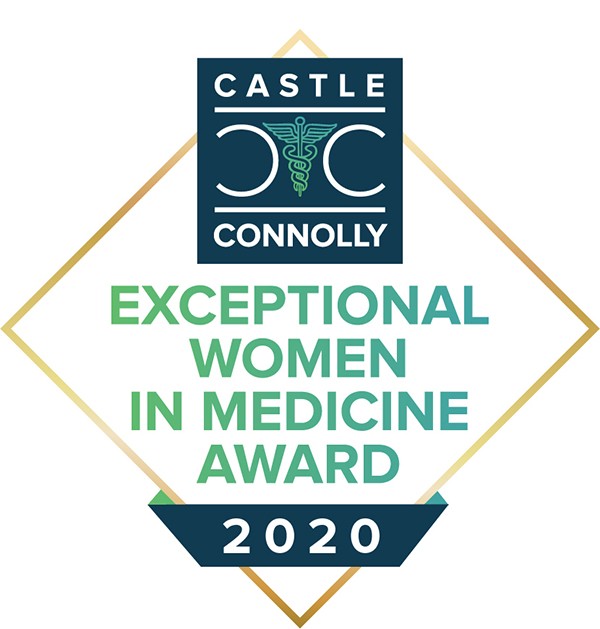
Careful screening of doctors’ educational and professional experience is essential before final selection is made among those physicians most highly regarded by their peers. The result — we identify the top doctors in America and provide you, the consumer, with detailed information about their education, training, and special expertise in our paperback guides, national and regional magazine “Top Doctors” features, and online directories.
Doctors do not and cannot pay to be selected and profiled as Castle Connolly Top Doctors.
Physicians selected for inclusion in this magazine’s “Top Doctors” feature also appear online at castleconnolly.com, or in conjunction with other Castle Connolly Top Doctors databases online on other sites and/or in print.
Castle Connolly was acquired by Everyday Health Group (EHG), one of the world’s most prominent digital healthcare companies, in late 2018. EHG, a recognized leader in patient and provider education, attracts an engaged audience of over 53 million health consumers and over 780,000 U.S. practicing physicians and clinicians to its premier health and wellness websites. EHG combines social listening data and analytics expertise to deliver highly personalized healthcare consumer content and effective patient engagement solutions. EHG’s vision is to drive better clinical and health outcomes through decision-making informed by highly relevant data and analytics. Healthcare professionals and consumers are empowered with trusted content and services through the Everyday Health Group’s flagship brands including Everyday Health®, What to Expect®, MedPage Today®, Health eCareers®, PRIME® Education, and our exclusive partnership with MayoClinic.org® and The Mayo Clinic Diet.® Everyday Health Group is a division of J2 Global Inc. (NASDAQ: JCOM), and is headquartered in New York City.
The Exceptional Women in Medicine (EWIM) award was created by Castle Connolly in order to recognize female physicians who are often underrepresented among award recipients from various aspects of medicine.
EWIM physicians have greatly contributed to healthcare through clinical care, research, community service, education, and/or leadership
EWIM physicians have made significant outreach efforts to underserved communities.
EWIM physicians improved health outcomes for issues specific to women, such as increased childbirth options, better diagnosis and treatment of breast cancer, heart disease in women, gender specific hip and knee replacements, etc.
…

Dr. Purvisha J. Patel, M.D.
Dermatology — Advanced Dermatology and Skin Cancer Associates
Born in London, Dr. Purvisha Patel spent most of her first 12 years in Wales before her parents — refugees from Uganda — seized an opportunity to run a motel in Hopkinsville, Kentucky. She spent her formative years in Ashland, Virginia, and attended the University of Virginia as both an undergraduate and medical student. She completed her dermatology training at the UT Health Science Center in Memphis, where she served her residency under Dr. William Rosenberg. (“Dr. Rosenberg was an amazing thinker,” says Patel. “He had skin-care lines and patents, which inspired my own career.”)
“As an immigrant family, [my parents] thought being a doctor was the ultimate career choice,” she says. “Seeing my parents work so hard, never having a vacation … you want to do whatever it takes to make them happy. I loved science, and I was good at it. I often took care of our grandparents, who would come and live with us. I was a caregiver, so doing medicine flowed naturally from that.”
Patel describes her decision to specialize in dermatology as a “eureka moment,” one that came with a serious dose of heartache. “My parents were thinking cardiology or neurosurgery, maybe pediatrics,” she says. “Nobody [in my family] really knew what dermatology was. But skin is the largest organ in the body. I feel like a Sherlock Holmes of medicine. I can tell if a patient is vitamin-deficient, if they have thyroid disease, diabetes, if they’re taking their medicine. I can see what people are doing for hobbies, if they’re swimming in a pool, what kind of pets they have. Before we had lab tests, this was medicine. Looking at a person’s body for signs and symptoms of disease.”
Patel’s father died at age 57 from skin cancer, just as she was choosing her specialty. “I chose to be a skin-cancer surgeon,” she reflects, “when my dad looked at me and asked, ‘You could have gotten rid of this before it spread?’ That’s how I knew. It was an easy decision.”
Dermatology offers about the closest thing a doctor can find to instant results. An ailment can be diagnosed, addressed, and often removed in a single visit. “A patient gets to see a disease go away,” Patel emphasizes, “and that’s really gratifying. We get to see the progress of treatment. It’s super fun.”
Reflecting on two decades as a dermatologist, Patel notes advances in technology — as with any field of medicine — but stands by the same general approach she studied at the turn of the century. “When it comes to skin cancer,” she explains, “the answer is to still take it out. The procedure I do most — micrographic surgery — is considered cutting-edge, but it hasn’t changed much since I left my training. When it comes to medicine, we’re using immunotherapies now for melanoma treatment. Science has changed the field, but it’s still kind of ancient in its roots.”
The coronavirus pandemic has and will impact dermatology, but Patel already sees progress in the area of remote treatment. “We’ve been utilizing telemedicine throughout the lockdown,” says Patel. “It has a good place in dermatology when it comes to follow-up visits, acne and rashes, or refilling prescriptions. Still, when doing a full skin exam — looking for skin cancer — seeing the person [in the same room] is the gold standard.” — Frank Murtaugh
…
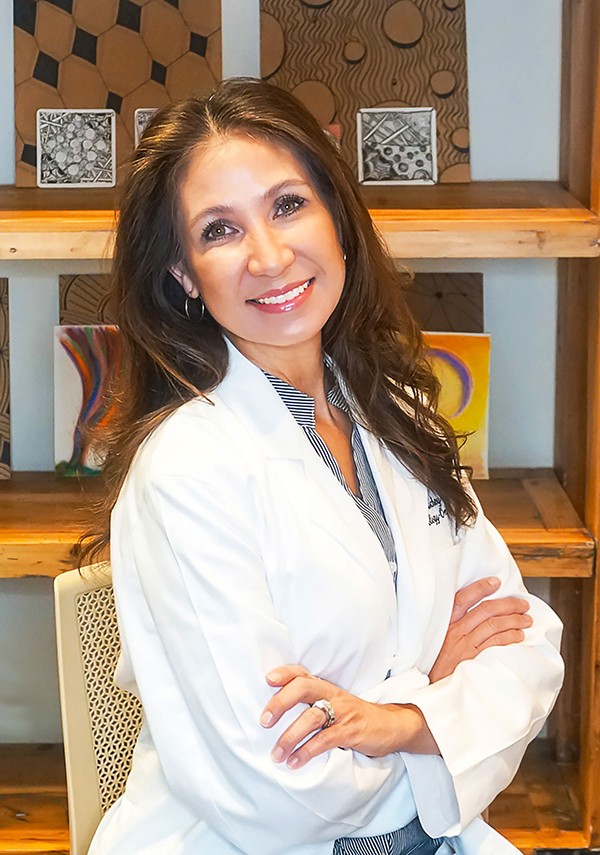
Dr. Sylvia S. Richey, M.D.
Medical Oncology — West Cancer Center
As a young girl growing up in Birmingham, Dr. Sylvia Richey always knew she wanted to be a doctor. “Ever since I can remember, I was fixing and repairing my dolls,” she says, “and since my mother didn’t like the sight of blood, whenever anyone in the family needed a bandage, I took care of them. It seemed a natural path for me to take.”
A love of art history led her to a bachelor’s degree from Vanderbilt University, but she used her elective classes there to prepare her for study at the University of Alabama School of Medicine in Birmingham. Although she originally planned to specialize in pediatrics, a fellowship in medical oncology brought her to UT-Memphis. After additional training at the MD Anderson Cancer Center in Houston, she returned here and joined the staff of West Cancer Center in 2005, where today she also serves as the associate medical director.
“What attracted me to oncology is that you are taking care of the whole patient and not just focusing on one organ,” she says. “To be effective, you have to treat cancer in the context of the rest of the body.”
In the 15 years since she’s been practicing, the most dramatic improvement in cancer treatment has been targeted therapy. “The sophistication of the molecular testing that we can do now really individualizes a patient’s treatment,” says Richey. “That approach didn’t exist years ago, but now it absolutely dictates how we treat every patient we see.” In the past, she explains, “Breast cancer was breast cancer. Now we know that not all breast cancers are the same, and so the treatment options are different for every patient.”
Richey has also witnessed many technological advances in her field, such as improvements in imaging, CT scans, and other diagnostic equipment. “We can find things earlier, which is great,” she says, “and surgeries have become less invasive, which is always better for the patient.”
In 2017, she took on a new role as director of the center’s Integrative Oncology Division, which is designed to address what patients can do for themselves during treatment. She likes this analogy: “If you think of cancer in someone’s body as a weed in their garden, the doctor is focusing on how to get rid of that weed, and we have to decide what weed killer to use,” she says. “But in the bigger picture, the patient has to take care of the whole garden, to make it as inhospitable as possible to that weed, so it won’t come back.”
The program addresses a patient’s spiritual and religious needs, shows them how to handle the psychological stress of a cancer diagnosis, and emphasizes the importance of nutrition, diet, and exercise. A new component is art therapy, where an artist works with patients during their “cancer journey.”
An integrated approach to therapy is key to the future of cancer treatment, says Richey. Also important is what she calls “survivorship” — how to get cancer patients back into society after they have recovered. That wasn’t always a concern years ago. “When I first started practicing,” she says, “our whole patient population would turn over every couple of years because patients were not long-term survivors. But now they are living longer, and I think that’s fantastic.” — Michael Finger
…
Allergy & Immunology
Dr. Christie F. Michael
UT Le Bonheur Pediatric Specialists
51 N. Dunlap St., Ste. 400
Memphis, TN 38105
Dr. D Betty Lew
UT Le Bonheur Pediatric Specialists
51 N. Dunlap St., Ste. 400
Memphis, TN 38105
Dr. Nora Daher
Daher Asthma & Allergy Clinic
2136 Exeter Rd.
Germantown, TN 38138
Cardiovascular Disease
Dr. Maureen A. Smithers
Sutherland Cardiology Clinic
7460 Wolf River Blvd.
Germantown, TN 38138
Child Neurology
Dr. Robin L. Morgan
Le Bonheur Outpatient Center
848 Adams Ave., Ste. 400
Memphis, TN 38103
Dr. Amy L. McGregor
UT Le Bonheur Pediatric Specialists
848 Adams Ave., Ste. L400
Memphis, TN 38103
Dr. Namrata S. Shah
UT Le Bonheur Pediatric Specialists
Neurology Clinic
Memphis, TN 38103
Clinical Genetics
Dr. Jewell C. Ward
UT Le Bonheur Pediatric Specialists
51 N. Dunlap St., Ste. 400
Memphis, TN 38105
Dermatology
Dr. Purvisha J. Patel
Advanced Dermatology & Skin Cancer Associates
7658 Poplar Pike
Germantown, TN 38138
Dr. F. Gwen Beard
Memphis Dermatology Clinic
1455 Union Ave.
Memphis, TN 38104
Dr. Malika Tuli
Mid-South Dermatology
6605 Stage Rd., Ste. 2
Barlett, TN 38134
Dr. Luella G. Churchwell
Dermatology East
1335 Cordova Cv.
Germantown, TN 38138
Dr. Robin H. Friedman-Musicante
Memphis Dermatology Clinic
1455 Union Ave.
Memphis, TN 38104
Dr. Teresa S. Wright
Le Bonheur Outpatient Center
848 Adams Ave., Ste. 400
Memphis, TN 38103
Dr. Frances K. Lawhead
Memphis Dermatology Clinic
1455 Union Ave.
Memphis, TN 38104
Developmental – Behavioral Pediatrics
Dr. Toni M. Whitaker
UT Le Bonheur Pediatric Specialists
Boling Center for Developmental Disabilities
Memphis, TN 38105
Diagnostic Radiology
Dr. Sue C. Kaste
St. Jude Children’s Research Hospital
Department of Diagnostic Imaging
Memphis, TN 38105
Family Medicine
Dr. Ericka L. Gunn-Hill
Jackson-Randle Family Healthcare
5142 Stage Rd., Ste. 100
Memphis, TN 38134
Dr. Aparna K. Murti
Methodist Medical Group
2589 Appling Rd., Ste. 101
Bartlett, TN 38133
Gynecologic Oncology
Dr. Linda M. Smiley
West Cancer Center
7945 Wolf River Blvd.
Memphis, TN 38138
Hematology
Dr. Patricia E. Adams-Graves
Regional One Health
Outpatient Center
Memphis, TN 38103
Internal Medicine
Dr. Joan Michelle Allmon
Aim Allmon Internal Medicine
526 Halle Park Dr.
Collierville, TN 38017
Dr. Natascha S. Thompson
UT Methodist Physicians
Primary Care
Cordova, TN 38018
Dr. Martha N. Taylor
Methodist Medical Group
7690 Wolf River Cir.
Germantown, TN 38138
Dr. Catherine R. Womack
UT Methodist Physicians
Primary Care
Cordova, TN 38018
Medical Oncology
Dr. Syvlia S. Richey
West Cancer Center
7945 Wolf River Blvd.
Germantown, TN 38138
Dr. Moon J. Fenton
West Cancer Center
Midtown Memphis Campus
Memphis, TN 38104
Dr. Carmel S. Verrier
West Cancer Center
7945 Wolf River Blvd.
Germantown, TN 38138
Nephrology
Dr. Lynn Ebaugh
East Memphis Nephrology
7640 Wolf River Cir., Fl. 2
Germantown, TN 38138
Neurology
Dr. Barbara Cape O’Brien
Neurology Clinic
8000 Centerview Pkwy., Ste. 300
Cordova, TN 38018
Dr. Rohini Bhole
UT Medical Group
1331 Union Ave., Fl. 11
Memphis, TN 38104
Obstetrics & Gynecology
Dr. Vanessa M. Givens
Women’s Health Specialists
7800 Wolf Trail Cv.
Germantown, TN 38138
Dr. Lanetta Anderson
Womens Physicians Group
7705 Poplar Ave., B Bldg. – Ste. 110
Memphis, TN 38138
Dr. Claudette J. Shephard
Regional One Health
Outpatient Center
Memphis, TN 38103
Dr. Heather Pearson Chauhan
Exceed Hormone Specialists
7512 Second St.
Germantown, TN 38138
Ophthalmology
Dr. Mary E. Hoehn
Hamilton Eye Institute
930 Madison Ave., Ste. 400
Memphis, TN 38103
Dr. M Cathleen Schanzer
VRF Eye Specialty Group
5350 Poplar Ave., Ste. 950
Memphis, TN 38119
Dr. Penny A. Asbell
Hamilton Eye Institute
930 Madison Ave., Ste. 400
Memphis, TN 38103
Dr. Natalie C. Kerr
Le Bonheur Children’s Hospital
49 N. Dunlap St., Fl. 3
Memphis, TN 38103
Hamilton Eye Institute
930 Madison Ave., Ste. 400
Memphis, TN 38103
Dr. Lauren C. Ditta
Hamilton Eye Institute
930 Madison Ave., Ste. 400
Memphis, TN 38103
Otolaryngology
Dr. Victoria L. Lim
Shea Clinic
6133 Poplar Pike
Memphis, TN 38119
Pediatric Endocrinology
Dr. Joan C. Han
UT Le Bonheur Pediatric Specialists
51 N. Dunlap St., Ste. 100
Memphis, TN 38105
Dr. Alicia M. Diaz-Thomas
UT Le Bonheur Pediatric Specialists
51 N. Dunlap St., Ste. 100
Memphis, TN 38105
Le Bonheur Children’s Hospital
49 N. Dunlap St., Fl. 3
Memphis, TN 38103
Pediatric Hematology- Oncology
Dr. Melody J. Cunningham
Le Bonheur Outpatient Center
848 Adams Ave., Ste. 400
Memphis, TN 38103
Pediatric Nephrology
Dr. Margaret C. Hastings
UT Le Bonheur Pediatric Specialists
51 N. Dunlap St., Ste. 400
Memphis, TN 38105
Pediatric Otolaryngology
Dr. Jennifer D. Mclevy
UT Le Bonheur Pediatric Specialists
51 N. Dunlap St., Ste. G10
Memphis, TN 38105
Pediatric Pulmonology
Dr. Patricia J. Dubin
UT Le Bonheur Pediatric Specialists
51 N. Dunlap St., Ste. 400
Memphis, TN 38105
Dr. Tonia E. Gardner
UT Le Bonheur Pediatric Specialists
51 N. Dunlap St., Fl. 4
Memphis, TN 38105
Pediatric Rheumatology
Dr. Linda K. Myers
UT Le Bonheur Pediatric Specialists
51 N. Dunlap St., Ste. 100
Memphis, TN 38105
Pediatric Surgery
Dr. Eunice Y. Huang
UT Le Bonheur Pediatric Specialists
51 N. Dunlap St., Fl. 2
Memphis, TN 38105
Pediatric Urology
Dr. Dana W. Giel
UT Le Bonheur Pediatric Specialists
51 N. Dunlap St., Ste. 100
Memphis, TN 38105
Pediatrics
Dr. Janet D. Geiger
River City Pediatrics
6401 Poplar Ave., Ste. 610
Memphis, TN 38119
Dr. Ellen J. Stecker
River City Pediatrics
6401 Poplar Ave., Ste. 610
Memphis, TN 38119
Dr. Elisha M. McCoy
UT Le Bonheur Pediatric Specialists
51 N. Dunlap St., Fl. 4
Memphis, TN 38105
Dr. Dawn H. Scott
Pediatric Consultants
51 N. Dunlap St., Ste. 310
Memphis, TN 38105
Plastic Surgery
Dr. Patricia L. Eby
Cosmetic Surgery Specialists of Memphis
6401 Poplar Ave., Ste. 360
Memphis, TN 38119
Pulmonary Disease
Dr. Amik Sodhi
UT Methodist Physicians
Pulmonology
Memphis, TN 38104
Radiation Oncology
Dr. Jenny Tibbs
Saint Francis Hospital
Dept. of Radiation Oncology
Memphis, TN 38119
Reproductive Endocrinology/Infertility
Dr. Amelia Bailey
Fertility Associates of Memphis
80 Humphreys Ctr., Ste. 307
Memphis, TN 38120
Surgery
Dr. Lindi Hanna Vanderwalde
Baptist Medical Group
Memphis Breast Care
Memphis, TN 38120
Dr. Alyssa D. Throckmorton
Baptist Medical Group
Memphis Breast Care
Memphis, TN 38120
Urogynecology/Female Pelvic Medicine & Reconstructive Surgery
Dr. Val Y. Vogt
The Conrad Pearson Clinic
1325 Wolf Park Dr., Ste. 102
Germantown, TN 38138

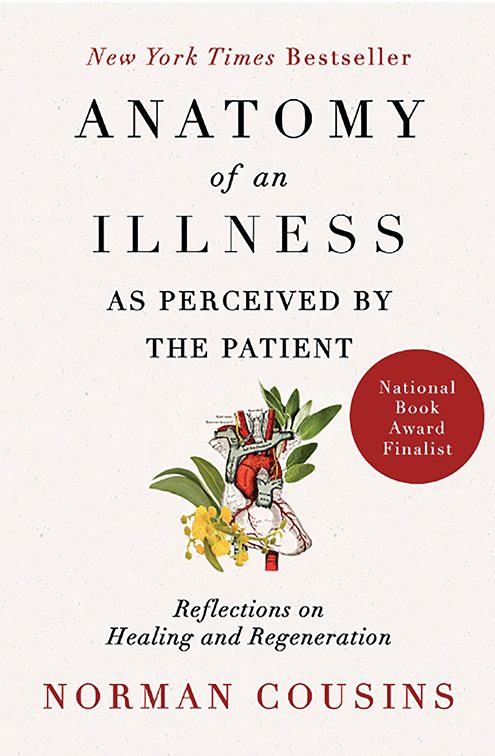
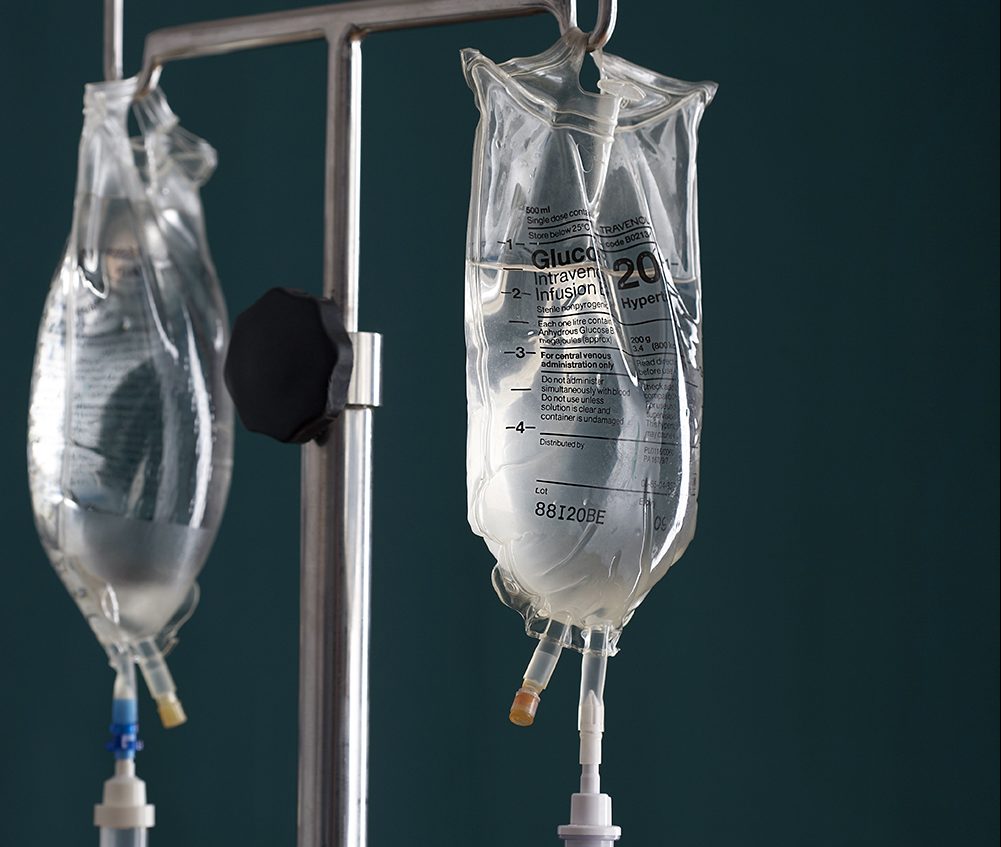





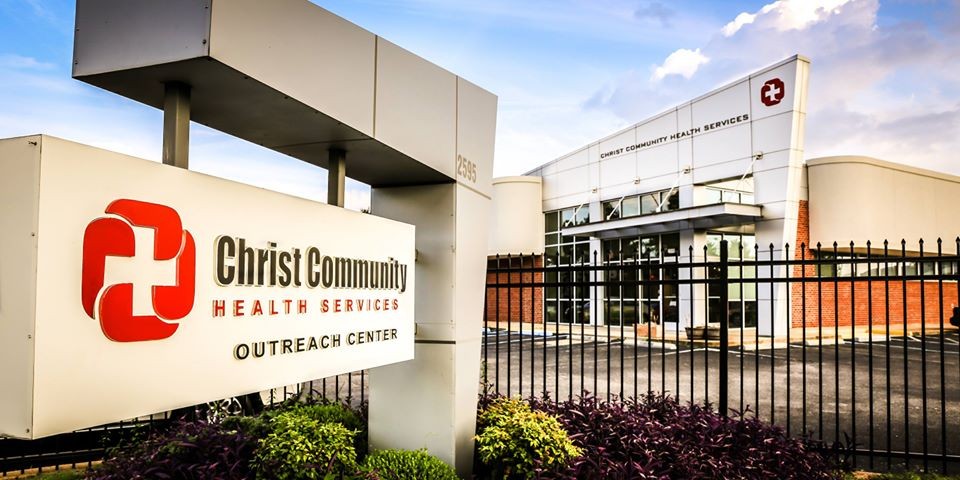
 Mamava
Mamava  Mamava
Mamava